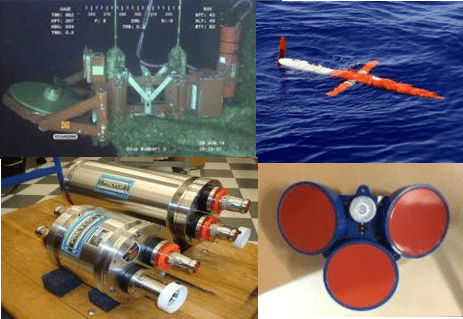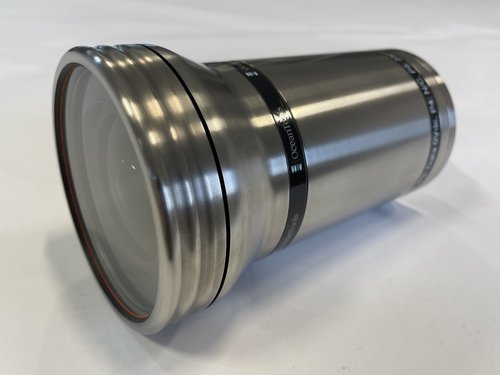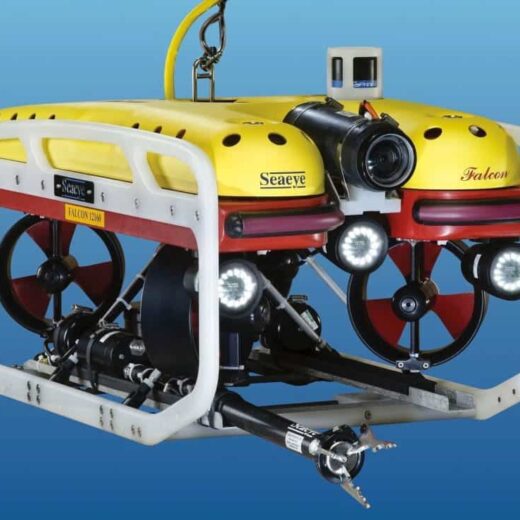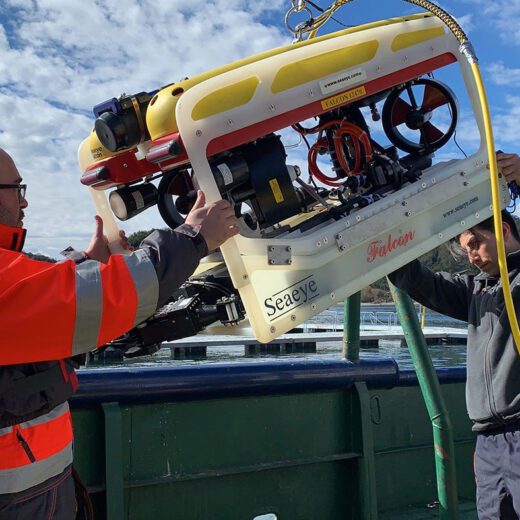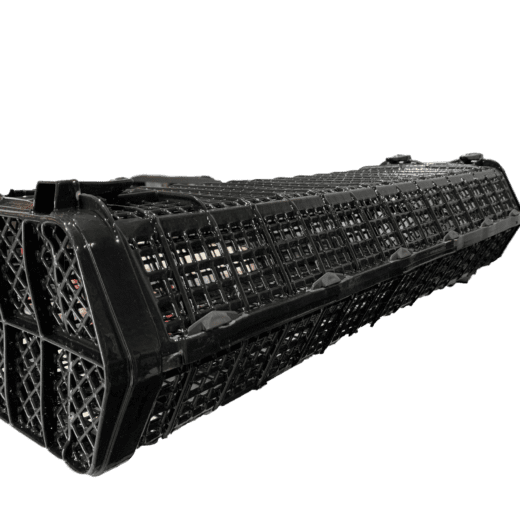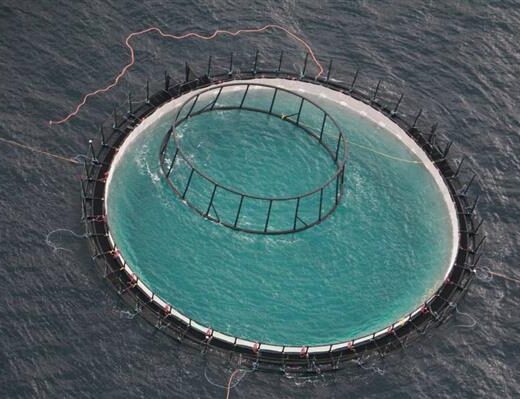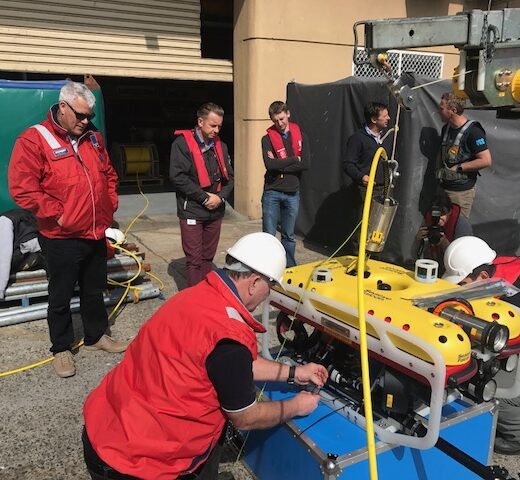Greensea IQ’s EverClean Certified for Hull Grooming on GIT Coatings
Exclusive access to Lloyd’s Register-approved, environmentally responsible hull maintenance solutions now available locally. Greensea IQ, a leader in proactive in-water hull cleaning, has announced that its EverClean service is now officially certified by Lloyd’s Register as a compatible grooming solution for vessels coated with GIT Coatings’ advanced foul release systems, including XGIT-FUEL™. This certification confirms […]


